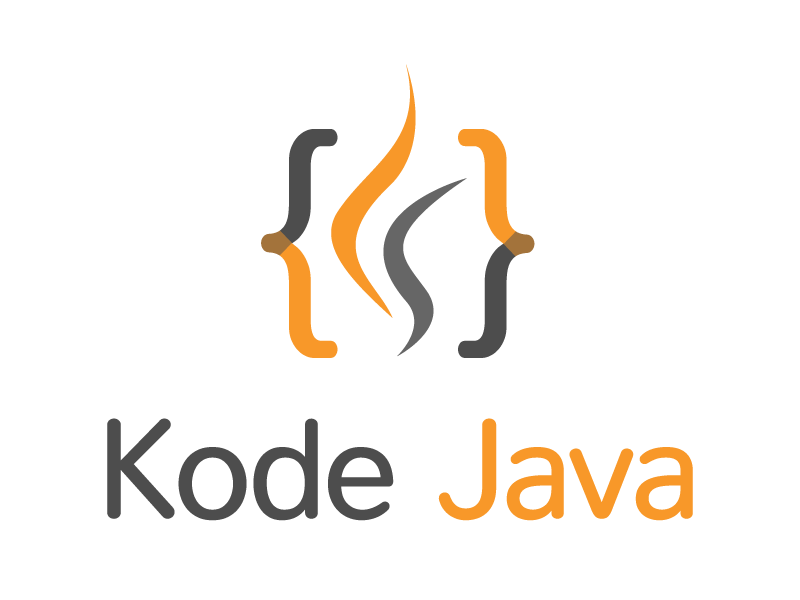The code snippet below will show you how to unpack ISO 8583 message.
package org.kodejava.jpos;
import org.jpos.iso.ISOException;
import org.jpos.iso.ISOMsg;
import org.jpos.iso.packager.GenericPackager;
import java.io.InputStream;
public class UnpackISOMessage {
public static void main(String[] args) {
UnpackISOMessage iso = new UnpackISOMessage();
try {
ISOMsg isoMsg = iso.parseISOMessage();
iso.printISOMessage(isoMsg);
} catch (Exception e) {
e.printStackTrace();
}
}
private ISOMsg parseISOMessage() throws Exception {
String message = "02003220000000808000000010000000001500120604120000000112340001840";
System.out.printf("Message = %s%n", message);
try {
// Load package from resources directory.
InputStream is = getClass().getResourceAsStream("/fields.xml");
GenericPackager packager = new GenericPackager(is);
ISOMsg isoMsg = new ISOMsg();
isoMsg.setPackager(packager);
isoMsg.unpack(message.getBytes());
return isoMsg;
} catch (ISOException e) {
throw new Exception(e);
}
}
private void printISOMessage(ISOMsg isoMsg) {
try {
System.out.printf("MTI = %s%n", isoMsg.getMTI());
for (int i = 1; i <= isoMsg.getMaxField(); i++) {
if (isoMsg.hasField(i)) {
System.out.printf("Field (%s) = %s%n", i, isoMsg.getString(i));
}
}
} catch (ISOException e) {
e.printStackTrace();
}
}
}
When you run the program you’ll get the following output:
Message = 02003220000000808000000010000000001500120604120000000112340001840
MTI = 0200
Field (3) = 000010
Field (4) = 000000001500
Field (7) = 1206041200
Field (11) = 000001
Field (41) = 12340001
Field (49) = 840
The xml packager (fields.xml) can be downloaded from the following link: fields.xml.
Maven Dependency
<dependency>
<groupId>org.jpos</groupId>
<artifactId>jpos</artifactId>
<version>2.1.8</version>
</dependency>

